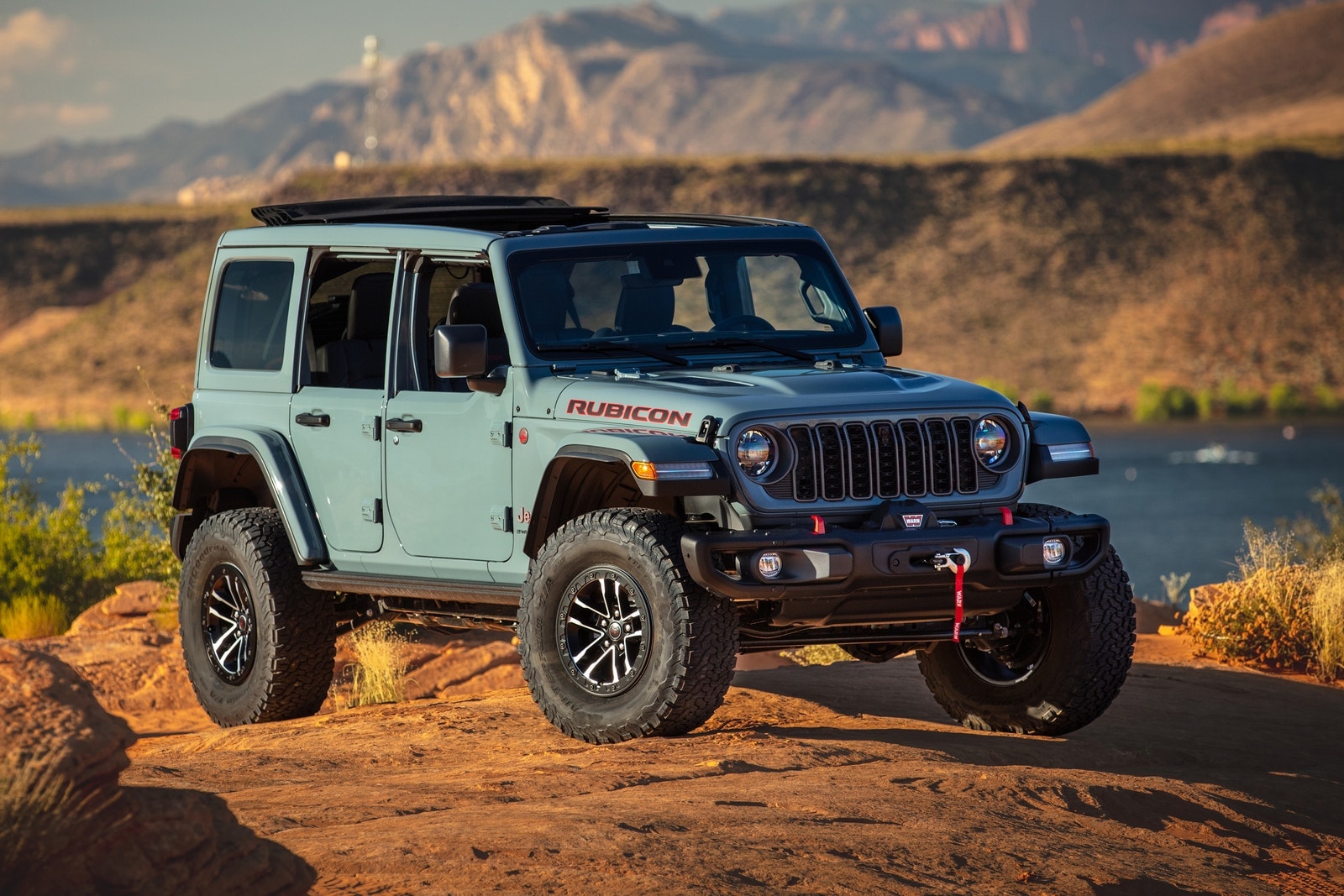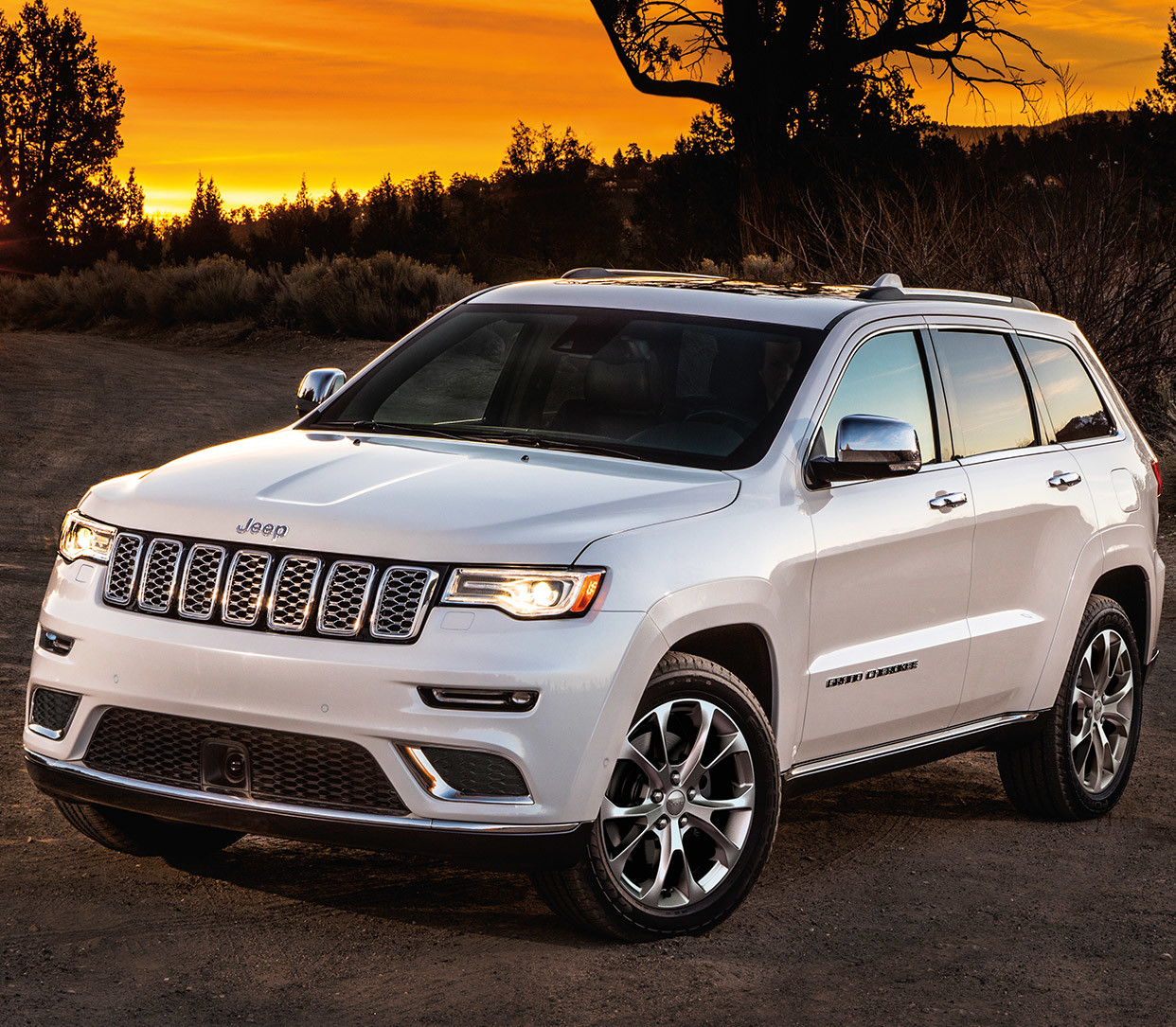The Jeep JK, produced from 2007 to 2018, is a legend in the off-road world. Known for its ruggedness and customizable nature, the JK's front suspension plays a crucial role in its performance, both on and off the pavement. Understanding the components that make up this system is essential for maintaining your Jeep, improving its capabilities, or even just diagnosing a pesky clunking noise. This comprehensive guide will delve into the intricate world of Jeep JK front suspension parts, providing you with the knowledge you need to keep your JK performing at its best.
Why is the Front Suspension So Important?
Jeep JK Front Suspension Parts: A Comprehensive Guide to Understanding and Upgrading
The front suspension of your Jeep JK is far more than just a collection of parts. It's a carefully engineered system responsible for:
- Ride Comfort: Absorbing bumps and imperfections in the road, providing a smoother ride for you and your passengers.
- Handling and Control: Maintaining tire contact with the road surface, ensuring optimal steering and braking performance.
- Off-Road Capability: Allowing the wheels to articulate and maintain traction on uneven terrain.
- Vehicle Stability: Contributing to the overall stability of the Jeep, especially during turns and emergency maneuvers.
A well-maintained and properly configured front suspension is crucial for safety, performance, and overall enjoyment of your Jeep JK.

The Anatomy of the Jeep JK Front Suspension: Key Components
The Jeep JK utilizes a five-link solid axle front suspension system. Here's a breakdown of the essential components:
- Solid Front Axle: The backbone of the system, providing a strong and durable platform for the wheels and suspension components.
- Coil Springs: These provide the primary suspension force, supporting the weight of the vehicle and absorbing impacts.
- Shock Absorbers (Shocks): Control the movement of the springs, preventing excessive bouncing and maintaining stability.
- Control Arms (Upper and Lower): Connect the axle to the frame, controlling axle movement and preventing it from rotating.
- Track Bar (Panhard Bar): Centering the axle under the Jeep.
- Steering Linkage: Including the drag link and tie rod, connects the steering box to the wheels, allowing you to steer the vehicle.
- Sway Bar (Anti-Roll Bar): Reduces body roll during cornering, improving stability on paved roads.
- Sway Bar Links: Connect the sway bar to the axle.
- Bump Stops: Prevent the suspension from over-compressing, protecting the shocks and other components.
- Ball Joints: Allow the steering knuckle to pivot, enabling steering.
- Wheel Bearings: Allow the wheels to rotate smoothly.


Understanding the Function of Each Component
- Solid Front Axle: Provides a robust platform for the suspension. Upgrades often involve replacing the stock axle with a stronger aftermarket option, especially for those who frequently off-road with larger tires.
- Coil Springs: Determine the ride height and spring rate of the suspension. Different spring rates are available to suit various driving styles and load-carrying requirements. Aftermarket springs are often used to lift the Jeep.
- Shock Absorbers: Control the rate at which the suspension compresses and rebounds. Different types of shocks (e.g., hydraulic, gas-charged, remote reservoir) offer varying levels of performance and adjustability.
- Control Arms: Control the axle's movement. Aftermarket control arms are available in various lengths and designs to correct geometry after lifting the Jeep. They can also improve articulation and durability.
- Track Bar: Centering the axle. Adjustable track bars are crucial after lifting the Jeep to ensure the axle is properly aligned.
- Steering Linkage: Enables steering. Upgraded steering linkages, often made from stronger materials, are available to withstand the stresses of off-road driving and larger tires.
- Sway Bar: Reduces body roll. Disconnecting sway bar links (or installing an electronic sway bar disconnect) allows for greater articulation off-road.
- Sway Bar Links: Connect the sway bar. Longer sway bar links are often required after lifting the Jeep.
- Bump Stops: Protect the suspension from over-compression. Longer bump stops are often needed after lifting the Jeep to prevent the tires from rubbing.
- Ball Joints: Allow steering. Upgraded ball joints are available for increased durability and longer lifespan, especially with larger tires.
- Wheel Bearings: Enable smooth wheel rotation. Regular maintenance and replacement are essential for safety and performance.
Upgrading Your Jeep JK Front Suspension: Considerations and Benefits
Upgrading your JK's front suspension can significantly enhance its performance and capabilities. Here are some key considerations and benefits:
- Lift Kits: Lifting your JK provides increased ground clearance, allowing you to run larger tires and tackle more challenging terrain. Lift kits typically include new coil springs, shocks, and other necessary components to correct suspension geometry.
- Long Travel Suspension: For serious off-road enthusiasts, long travel suspension systems offer increased wheel travel and articulation, providing superior performance on extreme terrain.
- Adjustable Components: Adjustable control arms, track bars, and shocks allow you to fine-tune your suspension for optimal performance and handling.
- Heavy-Duty Components: Upgrading to heavy-duty ball joints, steering linkages, and other components can improve durability and reliability, especially if you frequently off-road or run larger tires.
- Improved Ride Quality: Upgrading your shocks and springs can significantly improve ride comfort, both on and off-road.
- Enhanced Off-Road Performance: Upgrades such as sway bar disconnects, long travel suspension, and adjustable components can dramatically improve your JK's off-road capabilities.
Potential Challenges and Solutions
Upgrading your Jeep JK's front suspension can present some challenges:
- Bump Steer: This occurs when the steering wheel moves on its own when the suspension cycles. It's typically caused by improper steering geometry after lifting the Jeep. Solution: Use a drop pitman arm or raised track bar bracket to correct the steering geometry.
- Death Wobble: A violent shaking of the front end at highway speeds. It's often caused by worn or loose steering and suspension components. Solution: Inspect and replace any worn ball joints, tie rod ends, track bar bushings, and steering stabilizer.
- Vibrations: Can be caused by improper driveline angles after lifting the Jeep. Solution: Use transfer case drop kits, adjustable control arms, or CV driveshafts to correct driveline angles.
- Installation Difficulty: Some suspension upgrades can be complex and require specialized tools and knowledge. Solution: Consider having a professional install the upgrades, or thoroughly research the installation process before attempting it yourself.
Maintenance Tips for a Long-Lasting Suspension
- Regular Inspections: Regularly inspect your suspension components for signs of wear or damage, such as cracked bushings, leaking shocks, or loose ball joints.
- Lubrication: Lubricate all grease fittings on your suspension components regularly to prevent wear and corrosion.
- Wheel Alignment: Have your wheels aligned after lifting the Jeep or replacing any steering or suspension components.
- Torque Specifications: Always torque all bolts to the manufacturer's specifications to ensure proper assembly and prevent premature wear.
- Cleaning: Clean your suspension components regularly to remove dirt and debris.
Price Table
| Part | Description | Approximate Price (USD) |
|---|---|---|
| Coil Springs | Pair of aftermarket coil springs for a 2.5" lift | $200 - $400 |
| Shock Absorbers | Set of four gas-charged shocks | $300 - $600 |
| Control Arms (Lower) | Pair of adjustable lower control arms | $250 - $500 |
| Control Arms (Upper) | Pair of adjustable upper control arms | $200 - $400 |
| Track Bar | Adjustable front track bar | $150 - $300 |
| Steering Stabilizer | Heavy-duty steering stabilizer | $50 - $150 |
| Sway Bar Links | Pair of extended sway bar links for a 2.5" lift | $50 - $100 |
| Bump Stops | Pair of extended front bump stops | $40 - $80 |
| Ball Joints | Set of four heavy-duty ball joints | $200 - $400 |
| Complete Lift Kit (2.5") | Includes springs, shocks, track bar, sway bar links, and bump stops | $800 - $1500 |
| Complete Lift Kit (3.5") | Includes springs, shocks, track bar, sway bar links, and bump stops, possibly control arms. | $1200 - $2000 |
| Complete Lift Kit (4.5") | Includes springs, shocks, track bar, sway bar links, and bump stops, control arms, driveshaft. | $2000 - $4000 |
Note: Prices are approximate and can vary depending on the brand, quality, and vendor. Installation costs are not included.
Frequently Asked Questions (FAQ)
-
Q: How often should I replace my shocks?
- A: It depends on your driving habits and the quality of your shocks. Generally, you should replace your shocks every 50,000 to 75,000 miles, or sooner if you notice signs of wear or reduced performance.
-
Q: What are the benefits of adjustable control arms?
- A: Adjustable control arms allow you to fine-tune your suspension geometry, which is especially important after lifting your Jeep. They can help correct driveline angles, improve handling, and prevent premature wear on other suspension components.
-
Q: What is a sway bar disconnect?
- A: A sway bar disconnect allows you to disconnect the sway bar, allowing for greater wheel articulation off-road. This can significantly improve your Jeep's ability to navigate uneven terrain.
-
Q: Can I install a lift kit myself?
- A: Some lift kits are relatively easy to install, while others are more complex and require specialized tools and knowledge. If you're not comfortable working on your suspension, it's best to have a professional install the lift kit.
-
Q: What is Death Wobble and how can I fix it?
- A: Death Wobble is a violent shaking of the front end, usually at highway speeds. It's caused by loose or worn steering and suspension components. To fix it, inspect and replace any worn ball joints, tie rod ends, track bar bushings, and steering stabilizer. Ensure all components are properly torqued.
Conclusion
Understanding the intricacies of your Jeep JK's front suspension is crucial for maintaining its performance, improving its capabilities, and ensuring your safety on and off the road. By familiarizing yourself with the components, their functions, and the potential upgrades available, you can make informed decisions about how to best care for and enhance your Jeep JK's front suspension. Whether you're a seasoned off-roader or a daily driver, a well-maintained and properly configured front suspension will provide you with years of reliable and enjoyable performance. Remember to always prioritize safety and consult with a qualified mechanic if you have any doubts about working on your suspension.
0 comments